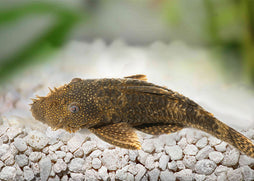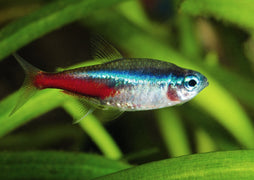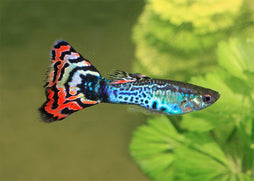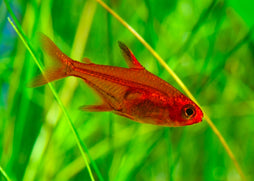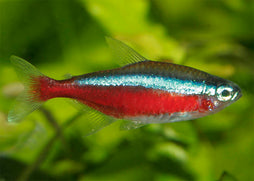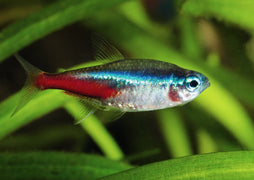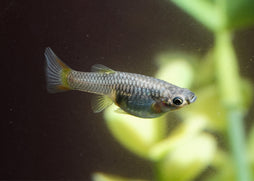Description
Schooling fish. Grows larger than most commonly kept Tetras, but quite peaceful. Males are brighter coloured and develop ragged-edged fin extensions. Their reflective body colouring is more pronounced if the tank gets some side lighting. Coburg Aquarium, specialised in different species of live fish.
Please Note: Livestock and Live Plants cannot be shipped to WA and TAS due to State Restrictions. All other states are OK.
Features of Congo Tetra:
-
The male is more brightly colored than the female and has a longer dorsal fin.
-
They are peaceful fish and can be kept with other aquarium fish
-
Care Level : Easy
The Best Aquarium Size for Tetras:
Male Congo Tetra is a schooling fish by nature, and best kept in groups of six or more. You may need a medium to large tank to keep a small group of Tetras.
If you’re planning on introducing some tank mates and maybe even more Tetras—usually, the bigger, the better. These fish are active swimmers, so you need to provide plenty of space to prevent overcrowding.
Tank Mate Compatibility:
A schooling fish by nature, the Congo Tetras are best kept in groups of at least six or more. They make an excellent community fish due to their peaceful nature however they sometimes known to nip the fins of slower-moving fish, particularly those with long, flowing fins such as Bettas or Angelfish.
Here’s a list of some of the best tank mates for your Tetras:
Feeding :
Congo tetras are omivores and will generally feed on flake, pellets, live and frozen foods easily. Give them a varied diet and feed live insect larvae and vegetables as an added diet to obtain the best of health.
Feed your tetras : flake food, small sinking pellets, freeze dried krill, frozen fish dinner, brine shrimp and bloodworm (frozen and live), mosquito larvae.
Male Congo Tetra Tank Guide:
Heater :
The temperature of your Tetra’s tank should match that of its native environment. Ideal water temperatures sit between at a stable number between 23 ⁰C - 26 ⁰C
Light :
You can choose to use lighting in your aquarium if that’s what you prefer. Tetras spend most of their time in shaded waters in their natural habitat. To imitate that in captivity, dim lighting would be ideal. LED lights will provide the most customization and allow you to adjust the intensity until you reach the sweet spot.
Substrate :
Gravel and Dark Color Substrates.
Plants for Tetras:
They are accustomed to medium to large plants in their natural habitat and enjoy a well-planted aquarium with some open swimming space.
Decorations for Tetras:


